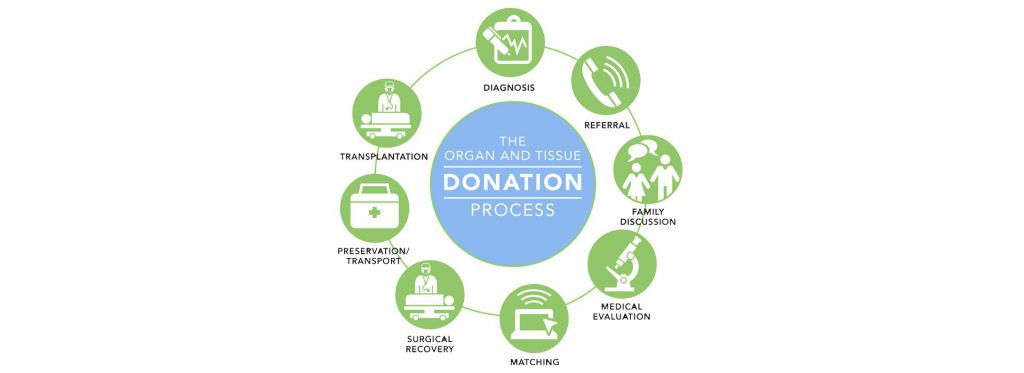Matching
Matching

When a deceased organ donor is identified, a donor coordinator from a local organ procurement organization (OPO), like Donor Alliance, accesses UNet, a centralized computer network maintained by the United Network for Organ Sharing. The donor’s medical information is entered, including height, weight, blood type, and lab values. The system uses this information to match the medical characteristics of the candidates waiting against those of the donor. The system then generates a ranked list of patients who are suitable to receive each organ. This list is called a “match run.”
Factors affecting ranking may include:
- Tissue match
- Blood type
- Length of time on the waiting list
- Immune status
- Distance between the potential recipient and the donor
- Degree of medical urgency (for heart, liver, lung and intestines)
The organ is offered to the transplant center for the first person on the list. At times, the top transplant candidate will not get the organ for one of several reasons. When a patient is
selected, he or she must be available, healthy enough to undergo major surgery and willing to be transplanted immediately. Also, a laboratory test to measure compatibility between the donor and potential recipient may be necessary. If the organ is refused for any reason, the transplant center of the next patient on the list is contacted. The process continues until a match is made. Once a patient is selected and informed and all testing is complete, surgery is scheduled and the transplant takes place.